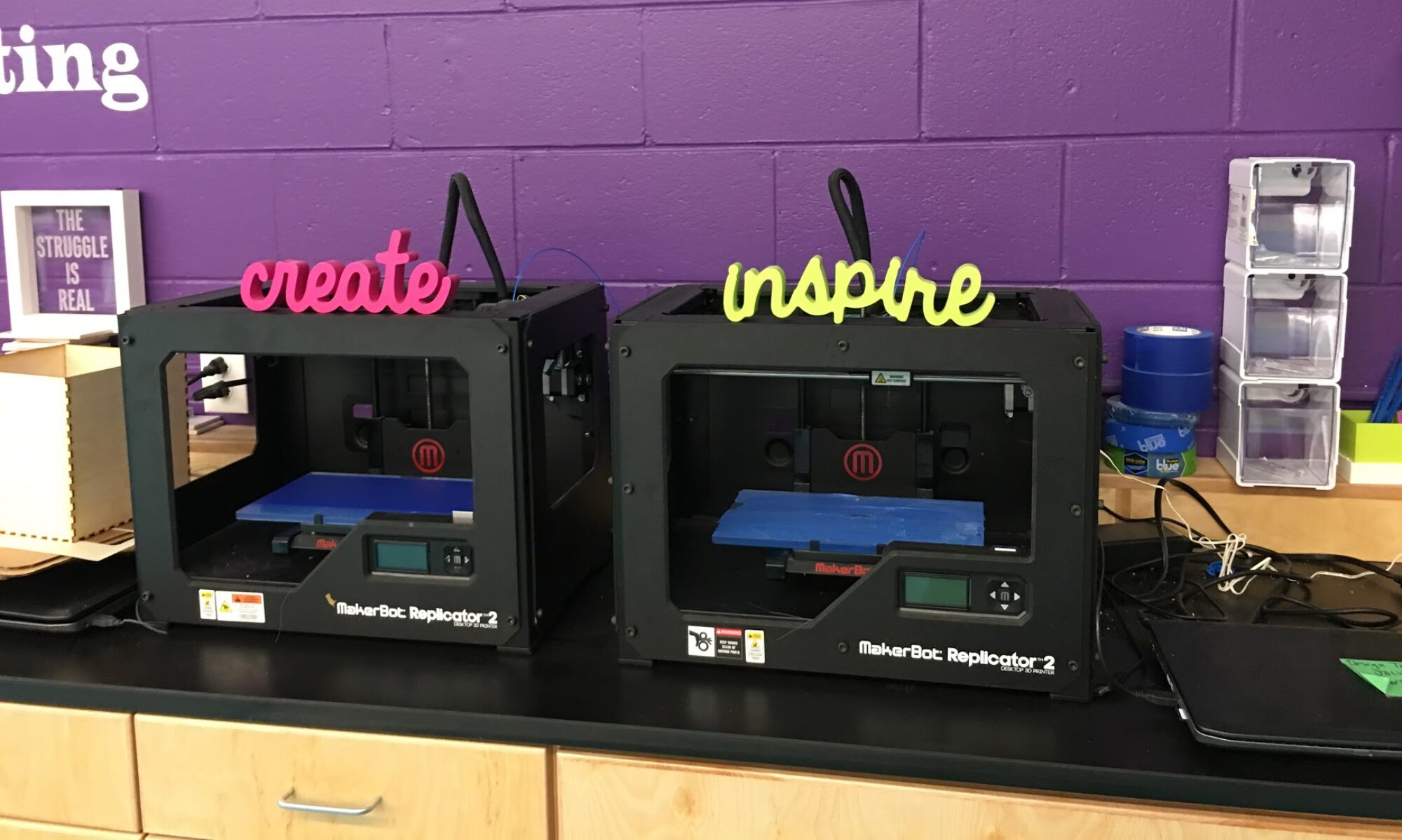
Susan Hennessey takes you through some tools educators can use to curate — rather than simply collect — compelling content for the classroom. (Dynamic Landscapes, 2012).


Innovative Education in Vermont
Exploring innovative, personalized, student-centered school change

Susan Hennessey takes you through some tools educators can use to curate — rather than simply collect — compelling content for the classroom. (Dynamic Landscapes, 2012).
While we’re all over here recovering from the epic spectacle that was this year’s Code Camp, please enjoy Shelly Wright’s TEDTalk, on her journey as a teacher.
They’re all excited and they’re telling people, and texting and I’m thinking this is gonna be awesome, you know? We’ll raise a couple thousand dollars, the kids’ll feel like they’re important, this’ll be great.
And so, the next day we come back to school and my students come back to the class and they say, “Mrs. Wright, we have decided on a goal…We have decided that we want to raise ten thousand dollars.”
Inside my head I’m thinking, “Oh. My. Gosh. Do you have any idea how much money ten thousand dollars is???”
And my outside voice said, “That’s awesome! How do you propose we do that?”

Featuring social justice work, community connections, and all the cats in
Moose Jaw, Saskatchewan, this 15-minute video is worth every second.
(Entirely related, Wright’s blog post on the power of student-driven learning is every bit as good.)
In September of 2009, Sarah, the 9 year-old daughter of our keynote speaker posted a 90-second YouTube response to President Obama’s speech to US students. This video “went viral” and currently has over 190,000 views. In May 2010, a 6th grader in our keynote presenter’s hometown attracted the attention of Ellen Degeneres with his YouTube remix of a Lady Gaga song. Greyson Chance is now a household name and national star with a record contract and his own manager. Join this session to discuss the issues raised by these two situations and lessons learned including Internet safety and digital citizenship responsibilities.
Very powerful reflections from 9-year-old Sarah Fryer and her father, educator and technologist Wes Fryer, on digital citizenship for students on video-sharing sites such as YouTube. This podcast captured their presentation, When Student Videos Go Viral, at the Mid-America Association for Computers in Education (MACE) 2011.

It’s no secret that here at the Tarrant Institute, we’re a bit batty for badges. Not just because they’re shiny and fun to sew on a sash, but because in our initial experiments with badging platforms, we’re seeing increased teacher/learner engagement and motivation. But what does that really mean? Here, guest blogger Valerie Sullivan weighs in on Badgestack, the platform we’re using:
The structure itself provides for point, levels, badges, leaderboards, etc. Certain badges promote some of the other features like “phone a friend” allows for taking turns and swapping resources. The ability to click on individual members to see their badge/ quest submissions also provides for swapping resources and includes hidden elements.
I’m a bit of a skeptic and agree with the concern about badging being an extrinsic motivator instead of an intrinsic motivator. How might this impact other learning opportunities or experiences that aren’t badge centered? If all learning used badging might its novelty and even the extrinsic reward wear off?
If saying ‘great job’ or putting an “A”, check plus, or star on the top of the page is not valid, constructive feedback and as the learning theorists suggest none of these promotes learning, editing, reflection and growth than how is a badge any different or better?
We aim to find out! Stay tuned for details.

Students at one of our partner schools, Manchester Elementary/Middle School have recently embarked on building a 3-D printer. Yep, you read that right: a 3-dimensional printer. The parts are laser cut out of wood and teach the kids about programming and design. First item off the press? A sloth coin.
Instructor Seth Bonnett explains:
